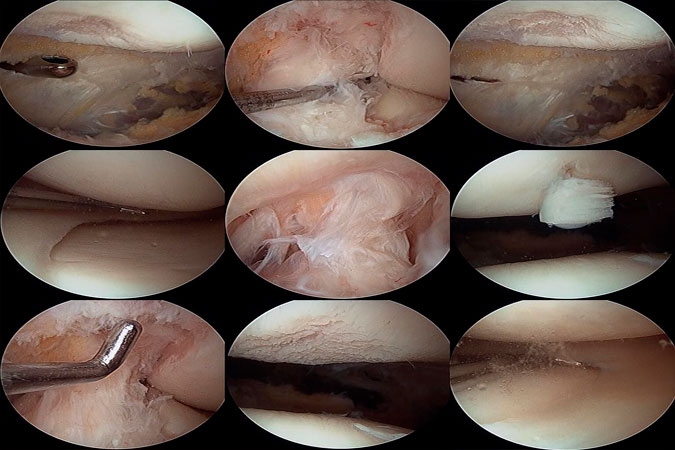The Comprehensive Guide to Arthroscopy: Enhancing Diagnostic and Surgical Capabilities
This article provides an in-depth exploration of arthroscopy, a minimally invasive surgical procedure used for diagnosing and treating joint conditions. It explains the process, noting that a small telescope called an arthroscope is inserted into the joint through a small incision. The procedure can be performed on most joints, but is most commonly done on the knee, shoulder, ankle, and hip. The article emphasizes the benefits of arthroscopy, including less tissue damage, reduced postoperative pain, a quicker recovery process, and the reduced risk associated with avoiding general anesthesia. Arthroscopy’s dual role as both a diagnostic and therapeutic tool is also discussed. The article gives particular attention to knee arthroscopy, highlighting how it has revolutionized knee treatments.

Arthroscopy
Arthroscopy is a minimally invasive surgical procedure that allows physicians to examine and treat abnormalities within a joint. This revolutionary technique has transformed the field of orthopedic surgery, offering a less invasive approach that reduces patient discomfort and accelerates the recovery process.
Understanding Arthroscopy
Arthroscopy involves the insertion of a small telescope, known as an arthroscope, into the joint through a small incision in the skin. This device relays images to a video screen, providing a clear, magnified view of the joint’s interior. The procedure can be performed on most joints but is most commonly employed in diagnosing and treating conditions of the knee, shoulder, ankle, and hip joints.
Benefits of Arthroscopy
One of the significant advantages of arthroscopy over traditional open surgery is its minimally invasive nature, which translates to less tissue damage, reduced postoperative pain, and a quicker return to normal activity. It is often performed under light or regional anesthesia, thereby reducing the risks associated with general anesthesia.
Diagnostic and Therapeutic Roles
Arthroscopy serves a dual purpose. It is a powerful diagnostic tool that allows for a direct visual assessment of the joint, helping physicians accurately diagnose unexplained pain, swelling, or stiffness. It also serves a therapeutic role, allowing surgeons to treat a wide range of joint conditions. Specialized instruments can be inserted through additional small incisions, enabling the surgeon to carry out procedures such as removing damaged cartilage, repairing torn menisci, or replacing cruciate ligaments in the knee.
In-Depth: Knee Arthroscopy
Knee arthroscopy, in particular, has revolutionized the treatment of knee conditions. It provides an unparalleled view of the knee’s interior structures, including the menisci and ligaments. The visualization allows for precise surgical interventions, such as meniscectomy (removal of the meniscus) or cruciate ligament replacement.
These procedures were once performed as open surgeries with large incisions, longer hospital stays, and extensive rehabilitation. Arthroscopy has dramatically reduced the invasiveness of these procedures, offering improved patient outcomes.
Conclusion
Arthroscopy has marked a significant milestone in orthopedic surgery, enhancing our ability to diagnose and treat joint conditions. It promises an efficient, minimally invasive solution that optimizes patient recovery and outcomes. As technology continues to advance, we can anticipate further improvements in arthroscopic techniques that will continue to shape the future of joint surgery.











